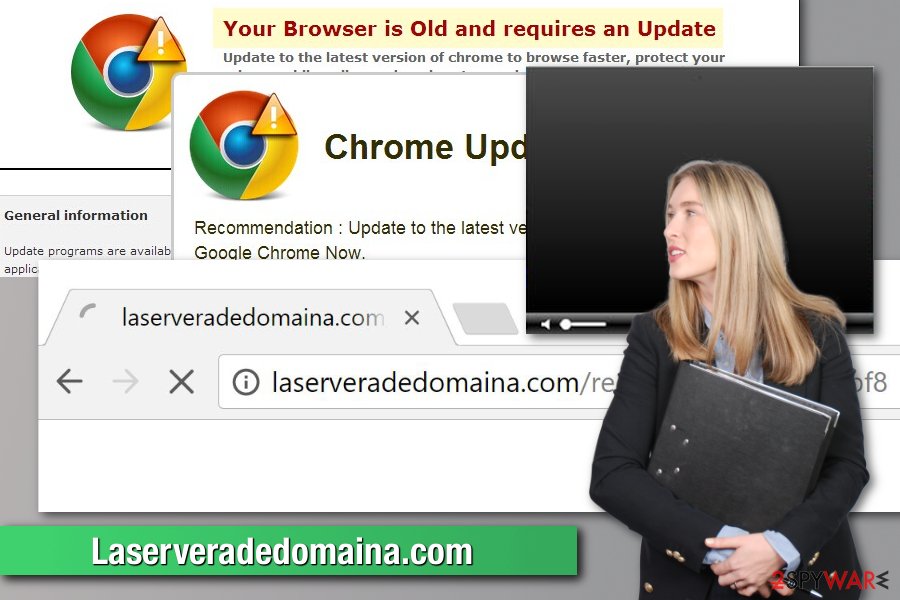- How To Update Chrome
- Update Chrome Browser Mac
- Manual Update For Chrome Mac Pro
- Manual Update For Chrome Mac 10
- Chrome Browser For Mac Download
Related Articles
How To Update Chrome
Tired of Google Chrome errors, or want to try new browser for your Mac here’s the way to remove or Uninstall Google Chrome on Mac, and it’s files from the roots of macOS and enjoy new browser. Apart from Safari, the most popular and widely used browser is Google Chrome for macOS people. May 21, 2013 Google Chrome is a browser that combines a minimal design with sophisticated technology to make the Web faster, safer, and easier. Use one box for everything.
- 1 Delete Folders Automatically in Ubuntu
- 2 Turn Off Acceleration on a Mac Mouse
- 3 Open a Word for Mac Document in Microsoft Word for PC
- 4 Convert Microsoft Word to Microsoft Works Word Processor
Automatic software updates can chew through your company's Internet quota and can also cause a drain on the processing resources of your computers and mobile devices. The Google Chrome Web browser on your Mac is set by default to download and install updates from Google on a daily basis. Disabling these automatic updates involves executing a command in your Mac's Terminal application.
Disable Automatic Updates
Launch the Terminal application on your Mac. The Terminal application is part of the Utilities group in your Applications folder. With Terminal open, enter the following command:
$ defaults write com.google.Keystone.Agent checkInterval 0
Press 'Enter' to execute the command and disable automatic updates in Google Chrome.
Manual Updates
If you would like to update Google Chrome manually in the future, you can do so via a combination of the Finder and Terminal applications. Launch the Finder, click 'Go,' and then click 'Go to Folder.' Enter one of the two following commands in the window that opens:
/Library/Google/GoogleSoftwareUpdate/GoogleSoftwareUpdate.bundle/Contents/Resources/
~/Library/Google/GoogleSoftwareUpdate/GoogleSoftwareUpdate.bundle/Contents/Resources/
Which command works will depend on the setup of your Mac. Only one of the commands will work. When it does, click the file labeled 'CheckForUpdatesNow.command.' Clicking this file opens a new Terminal window that will update Google Chrome.
References (2)
About the Author
Andrew Tennyson has been writing about culture, technology, health and a variety of other subjects since 2003. He has been published in The Gazette, DTR and ZCom. He holds a Bachelor of Arts in history and a Master of Fine Arts in writing.
Photo Credits
Update Chrome Browser Mac
- Justin Sullivan/Getty Images News/Getty Images
Choose Citation Style

How to get updates for macOS Mojave
If you have upgraded to macOS Mojave, follow these steps to keep it up to date:
- Choose System Preferences from the Apple menu , then click Software Update to check for updates.
- If any updates are available, click the Update Now button to install them. Or click ”More info” to see details about each update and select specific updates to install.
- When Software Update says that your Mac is up to date, macOS and all of its apps are also up to date. That includes Safari, iTunes, Books, Messages, Mail, Calendar, Photos, and FaceTime.
To find updates for iMovie, Garageband, Pages, Numbers, Keynote, and other apps that were downloaded separately from the App Store, open the App Store on your Mac, then click the Updates tab.
To automatically install macOS updates in the future, including apps that were downloaded separately from the App Store, select ”Automatically keep my Mac up to date.” Your Mac will notify you when updates require it to restart, so you can always choose to install those later.
How to get updates for earlier macOS versions
Manual Update For Chrome Mac Pro
If you're using an earlier macOS, such as macOS High Sierra, Sierra, El Capitan, or earlier,* follow these steps to keep it up to date:
- Open the App Store app on your Mac.
- Click Updates in the App Store toolbar.
- Use the Update buttons to download and install any updates listed.
- When the App Store shows no more updates, your version of macOS and all of its apps are up to date. That includes Safari, iTunes, iBooks, Messages, Mail, Calendar, Photos, and FaceTime. Later versions may be available by upgrading your macOS.
To automatically download updates in the future, choose Apple menu > System Preferences, click App Store, then select ”Download newly available updates in the background.” Your Mac will notify you when updates are ready to install.
* If you're using OS X Lion or Snow Leopard, get OS X updates by choosing Software Update from the Apple menu.
Manual Update For Chrome Mac 10
How to get updates for iOS
Learn how to update your iPhone, iPad, or iPod touch to the latest version of iOS.
Chrome Browser For Mac Download
Learn more
- You can redownload apps that you previously downloaded from the App Store.
- Learn how to upgrade to the latest version of macOS.
- Find out which macOS you're using.
- Your Mac doesn't automatically download large updates when it's using a Personal Hotspot.